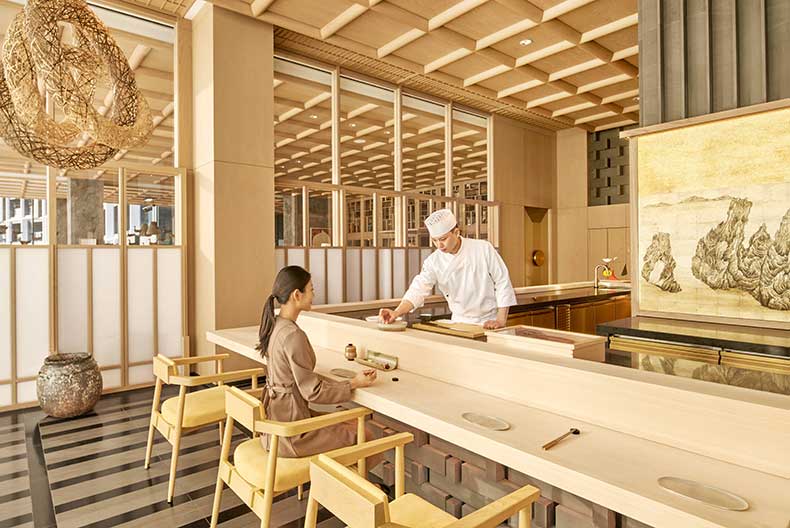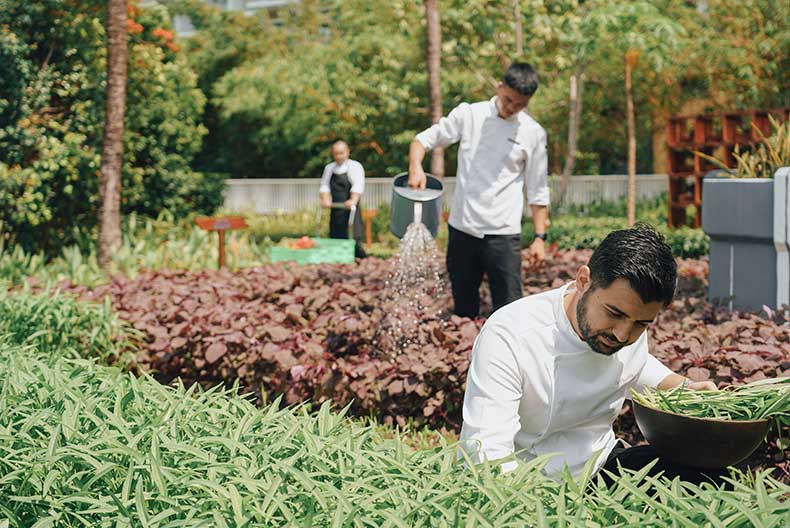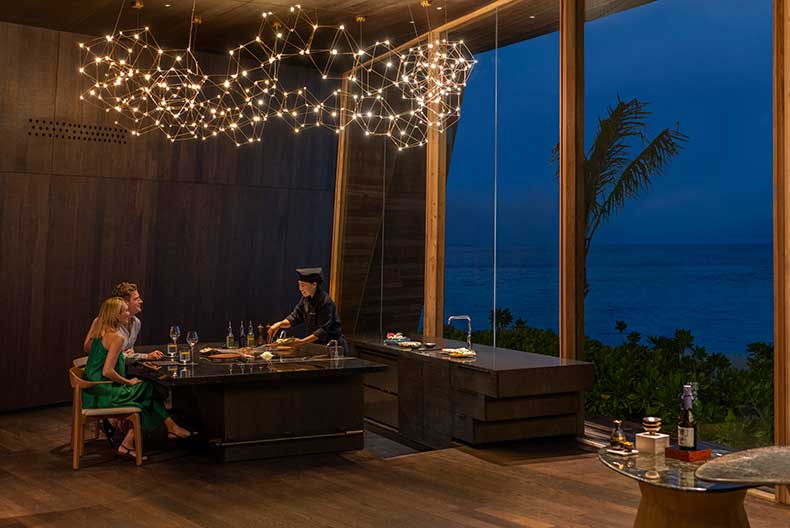Marriott International has released its new comprehensive report, The Future of Food 2025, which highlights the transformative power of the Asia Pacific region.
With the Asia Pacific region at the epicenter of culinary tourism, commanding a remarkable 37.8% share of the global market in 2023, with a projected growth of USD 6.2 trillion by 2033, this vibrant culinary landscape is powered by both tradition and innovative dining experiences, making it a magnet for food and drink enthusiasts from around the world.

Key Trends Shaping The Future of Food
- From Asia Pacific to the World: From the fusion of Japanese aesthetics into French cuisine, the rising influence of Korean flavours, to the innovative use of traditional spices and techniques from India and Mainland China reshaping Western norms, Asia Pacific is becoming a culinary export powerhouse.
- Revival of forgotten ingredients and traditions: Amid rising environmental concerns, chefs have a deeper appreciation for labor-intensive traditions and forgotten ingredients, integral to Asia Pacific heritage. Across the region, chefs are not only preserving but innovating within their culinary traditions, from nose-to-tail cooking to artisanal jang production, making significant contributions to both their cultural heritage and global sustainability efforts.
- Fine dining redefined, Hyperlocal hype and Superfine dining: Dining outlets are celebrating lesser-known regional cuisines, offering culturally enriching and gastronomically satisfying dining adventures. Fine dining establishments are pivoting towards exclusivity by elevating prices, limiting covers, and introducing membership-based access, creating unparalleled value for guests through exceptional experiences.
- Wellness on the plate: Wellness on the plate: The wellness revolution is influencing food choices. While anti-aging foods that support hormone balance and enhance dopamine levels gain popularity, longevity is the new luxury. Food is regarded as medicine, with restaurants shifting to offering nutritious, chef-curated menus that prioritize fresh, whole ingredients and transparent sourcing.
- Emerging Culinary Destinations: As infrastructure and digital connectivity improve, new hotspots for culinary tourism are emerging, solidifying the region’s status as a global center for cultural and culinary excellence. The report identifies the diverse and vibrant food cultures in Bali, Busan, Ho Chi Minh City, Jeju, Kuala Lumpur, Manila, Mumbai, Niseko, Shanghai, and Tasmania.

Other trends identified:
- Conscious Cuisine: Sustainability efforts include regenerative farming, addressing the water crisis, and digitizing the supply chain are seen to enhance food security and waste reduction.
- Farm-to-Future: The integration of sustainable practices from biodynamic farming, plant-centric dining to upcycled ingredients are driving incremental improvements, ensuring that our future generations can continue to enjoy diverse cuisines.
- Pour it Forward: Innovations in beverages, including craft cocktails and non-alcoholic options alongside the experience-driven spaces, are redefining bar experiences.
- High-Tech, High-Touch:Technology enhances the dining experience without diminishing the personal touch that is central to hospitality.
- Sensory Dining and Sustainable Spaces: Restaurants are becoming arenas for multisensory experiences integrated with technology that are both enjoyable and environmentally conscious.


